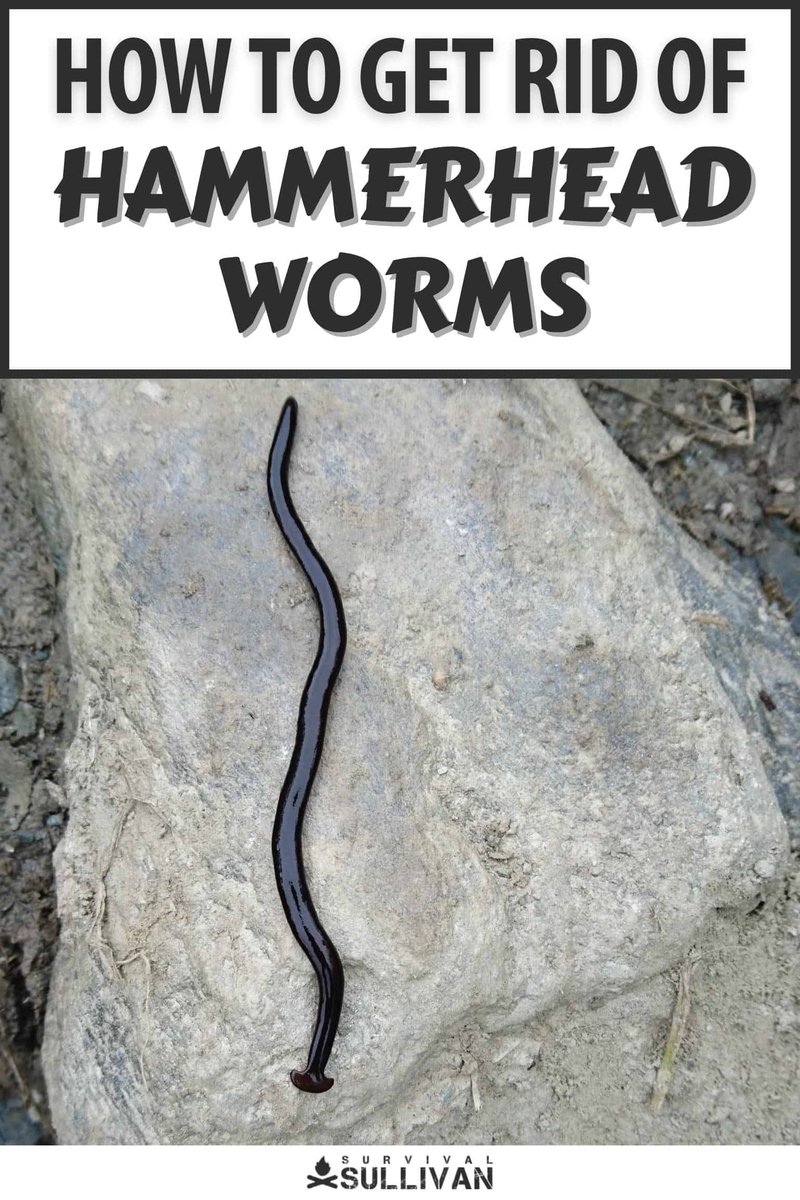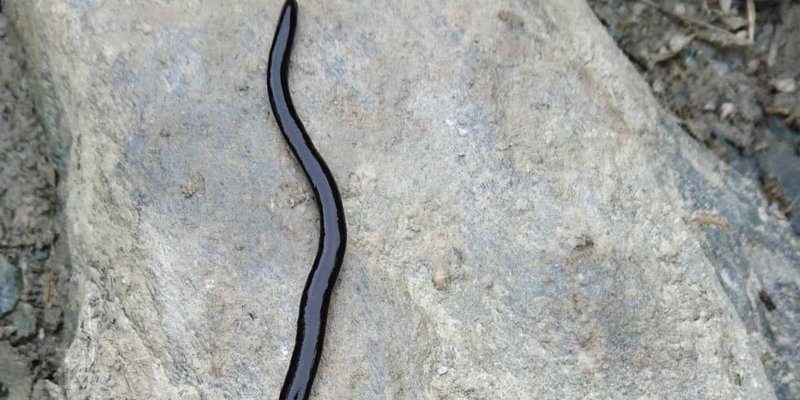
These slithering intruders might not be the cuddliest of creatures, but understanding them is crucial for any indoor gardener. Just like how you wouldn’t invite a raccoon into your living room, you definitely don’t want hammerhead worms munching on the roots of your potted plants. In this article, we’ll explore what these worms are, how they get into your home, and most importantly, some effective prevention tips to keep them at bay.
What Are Hammerhead Worms?
Hammerhead worms, scientifically known as *Bipalium*, are a type of flatworm that can be found in tropical and subtropical areas. They’re named for their distinctive hammer-shaped heads, which can look quite intimidating. Although these worms are not harmful to humans, they can pose a threat to your plants.
Most hammerhead worms are brown or gray, and they can grow quite long—up to 12 inches or even more! When you spot one, it might feel like you’re in a horror movie, but don’t panic. Understanding their habits and behavior is key to tackling the issue.
One of the most fascinating things about these worms is their diet. They primarily feast on earthworms and other soft-bodied invertebrates. So, if you find them in your houseplants, it usually means they’re trying to access the nutrient-rich soil. Here’s the thing: if you have healthy, moist soil, you’re practically rolling out a welcome mat for these pests.
How Do Hammerhead Worms Enter Indoor Plants?
You might be wondering, how do these little critters make their way into our cozy homes? Well, hammerhead worms can hitch a ride in several sneaky ways.
- Soil and Potting Mix: One of the most common ways they enter your home is through contaminated soil or potting mix. If you recently repotted your plants with new soil, there’s a chance you brought home a few unwanted guests.
- Outdoor Plants: If you have outdoor plants that you bring inside, they can carry these worms with them. A simple transfer can lead to an infestation in your indoor sanctuary.
- Garden Center Purchases: Even new plants from a nursery can be harboring hammerhead worms. You might think you’re bringing home a healthy plant, but it could come with a hidden surprise.
So, the next time you buy a new plant, keep an eye out! Knowing how they get in helps us take the right steps to prevent them.
Identifying Hammerhead Worms in Your Plants
Knowing what to look for is half the battle. If you suspect you have a hammerhead worm issue, here’s what to do:
1. **Look for the Worms:** Check the soil, especially near the surface. You might see them slithering around, especially after watering your plants. They tend to come out in damp conditions.
2. **Inspect Your Soil:** If you notice unusual sightings, try carefully digging into the soil. Hammerhead worms are flat and can wiggle their way through the soil, making them hard to spot at first.
3. **Observe Their Diet:** If you notice your plants are wilting or not thriving but you see these worms present, it’s likely that they’re munching on the roots. Their presence often indicates that something’s off in your garden.
If you find them, don’t take it lightly. It’s much easier to handle the problem once you spot it rather than waiting for it to escalate.
Preventing Hammerhead Worms in Your Indoor Plants
You might be asking, “Okay, but how do I keep these pesky worms out for good?” Prevention is the name of the game here. Let’s dive into some practical tips.
- Use Sterilized Soil: When potting your plants, always use sterilized soil or potting mix. This reduces the chances of introducing hammerhead worms into your home.
- Inspect Plants Thoroughly: Before bringing any new plant inside, inspect it carefully for any signs of pests. Look at the leaves, stems, and especially the roots.
- Keep Indoor Plants Dry: Since hammerhead worms thrive in moist environments, avoid over-watering. Ensure your pots have drainage holes to prevent soggy soil.
- Seal Entry Points: If you’re bringing plants from outside, consider keeping them in quarantine away from your other plants for a couple of weeks. This helps catch any invaders before they spread.
Implementing these tips can make a big difference in keeping your indoor garden healthy and worm-free.
Natural Remedies for Existing Infestations
If you’ve already discovered hammerhead worms in your plants, don’t worry! There are several natural remedies that can help you deal with them effectively.
1. **Diatomaceous Earth:** Sprinkling diatomaceous earth on the soil can help. This natural powder is made from fossilized algae and is harmless to humans but deadly for worms.
2. **Salt Water Solution:** Mixing salt with water and applying it to the soil can deter these worms. Just be careful not to saturate your plants with too much salt, as it can harm them.
3. **Hand-Picking:** If you’re up for it, simply removing the worms by hand is an option. Use gloves, and make sure to dispose of them away from your plants.
Implementing these remedies may take a little time, but they can be very effective if you’re consistent.
Maintaining Plant Health to Deter Hammerhead Worms
A healthy plant is less likely to attract pests, including hammerhead worms. Keeping your plants in tip-top shape is essential for prevention.
– **Proper Watering:** Always water your plants according to their needs. Some plants prefer dry soil, while others love moisture. Do a little research on your specific plants to find the right balance.
– **Fertilization:** Use balanced fertilizers to keep your plants nourished. Healthy plants can resist pests better than weak ones.
– **Good Air Circulation:** Ensure your indoor plants have enough space and airflow around them. This helps prevent damp conditions that worms thrive in.
By enhancing the overall health of your plants, you’re less likely to face pest issues down the road.
Dealing with hammerhead worms in your indoor potted plants may feel overwhelming, but by understanding their habits and implementing some straightforward prevention tips, you can keep your indoor garden thriving. Remember, it’s all about maintaining a healthy environment for your plants and staying vigilant against unwanted pests.
So the next time you’re caring for your plants, keep an eye out for those sneaky worms. A little attention goes a long way in ensuring your indoor oasis remains a safe haven for your beloved greenery. Happy gardening!

